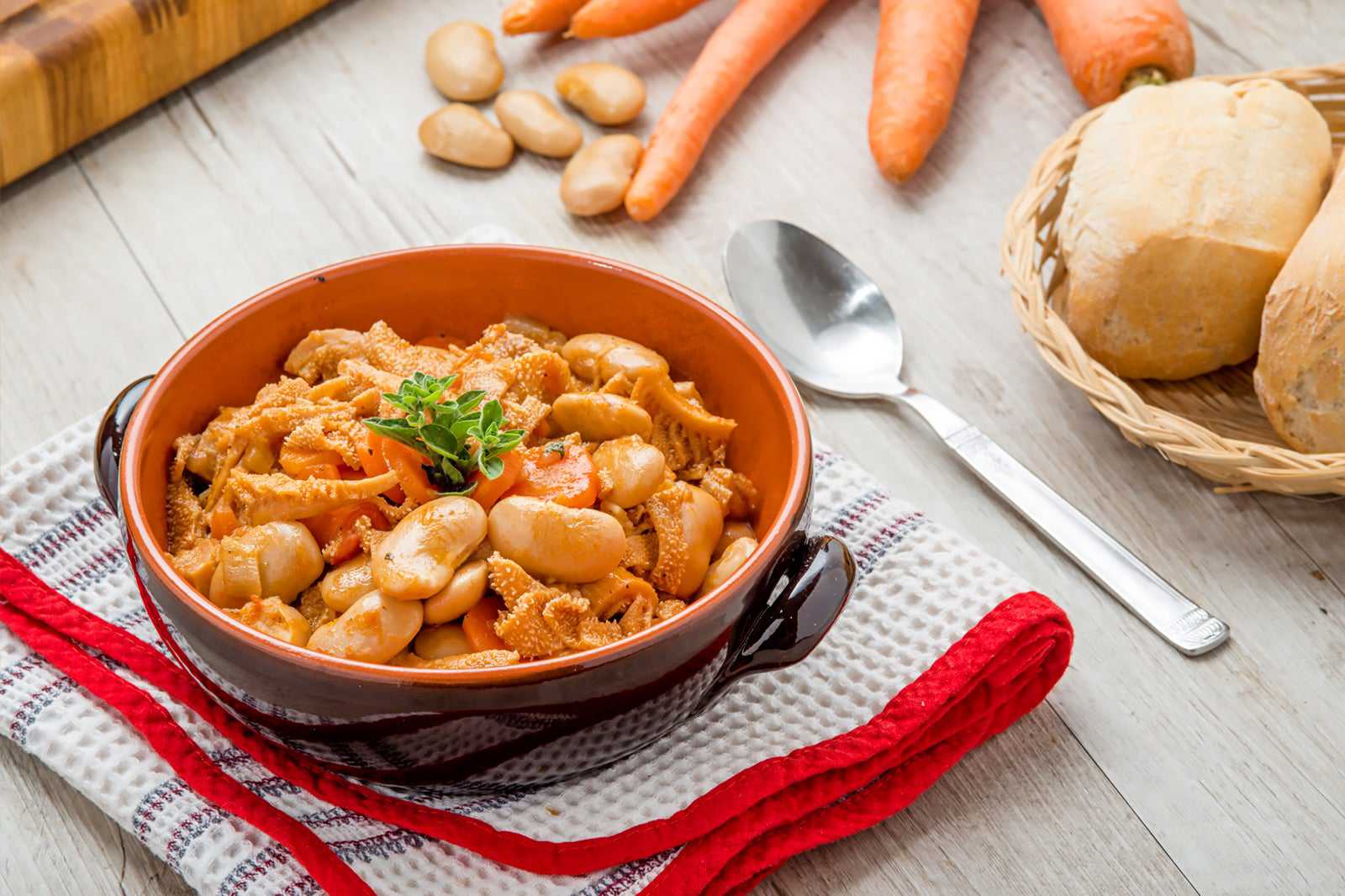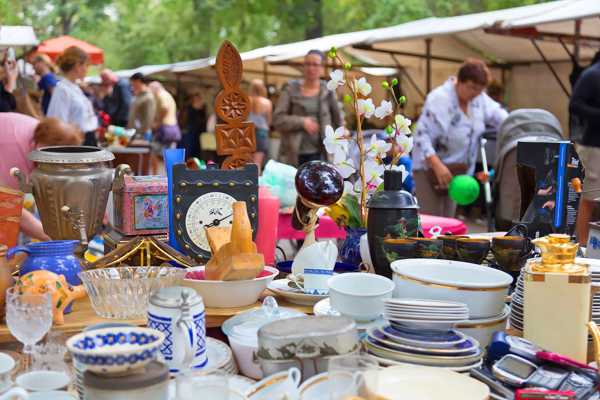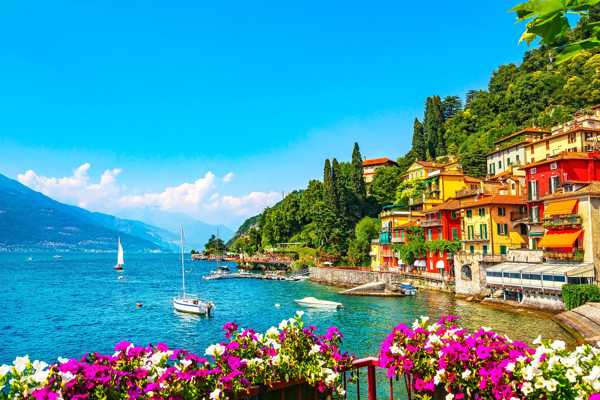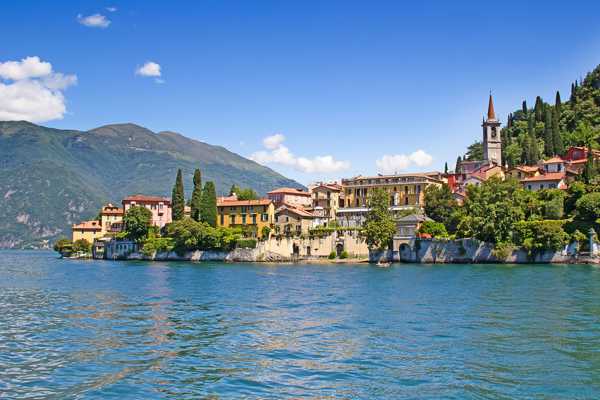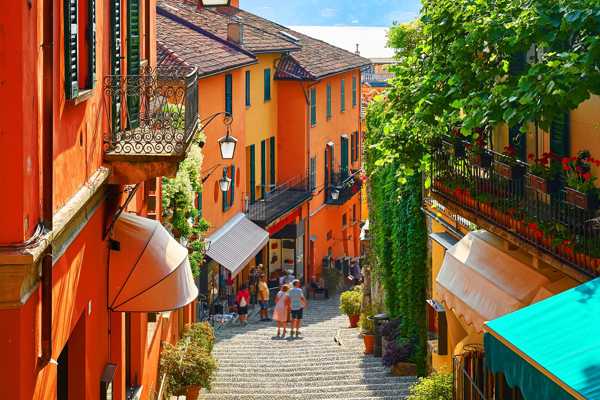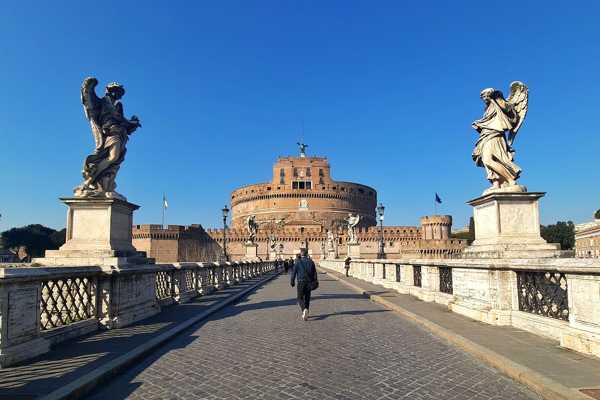Local dishes from Como draw not only from the famous lake itself, but also from the surrounding countryside. Lombardy’s fertile valleys have been extensively farmed for centuries and those who laboured typically relied on seasonal local produce that would be both nutritious and sustaining.
Today, restaurants in the villages that line the lake’s shores reference that agricultural tradition. You’ll find a selection of freshwater fish dishes, together with hearty stews. Dairy also features heavily, with plenty of butter and local cheese adding flavour and richness to the base ingredients. Make sure to try some of Como's best local dishes during your holiday.
- 1
Missoltino (Missultin)
Traditional sundried fish
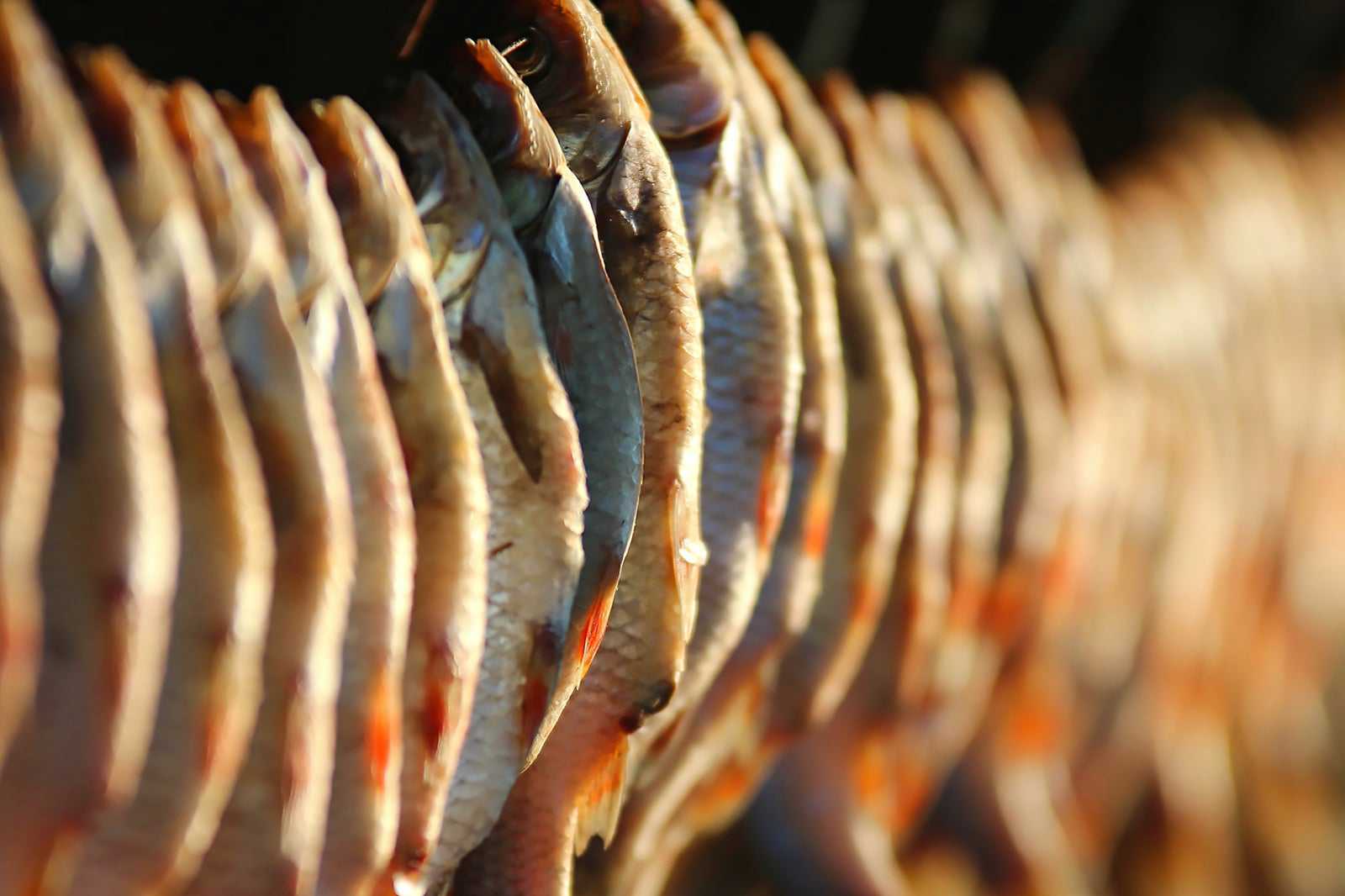
- 美食
Missoltino, also known as missultin, are fished from the northern end of Lake Como. Casting the nets and pulling them in at first light is the easy bit. What follows is a process of scaling, gutting, salting and washing the fish. Drying the fish in the sun takes about 10 days.
Once the fish's flesh has lost its reddish tinge, it can be flattened and layered with bay leaves in metal containers called tolle. These replaced the original wooden barrels called missoltino, which gave the fish its nickname. Finally, it's pressed to squeeze out the oil, preserving it until ready to be eaten.
- 2
Pizzoccheri
Buckwheat pasta
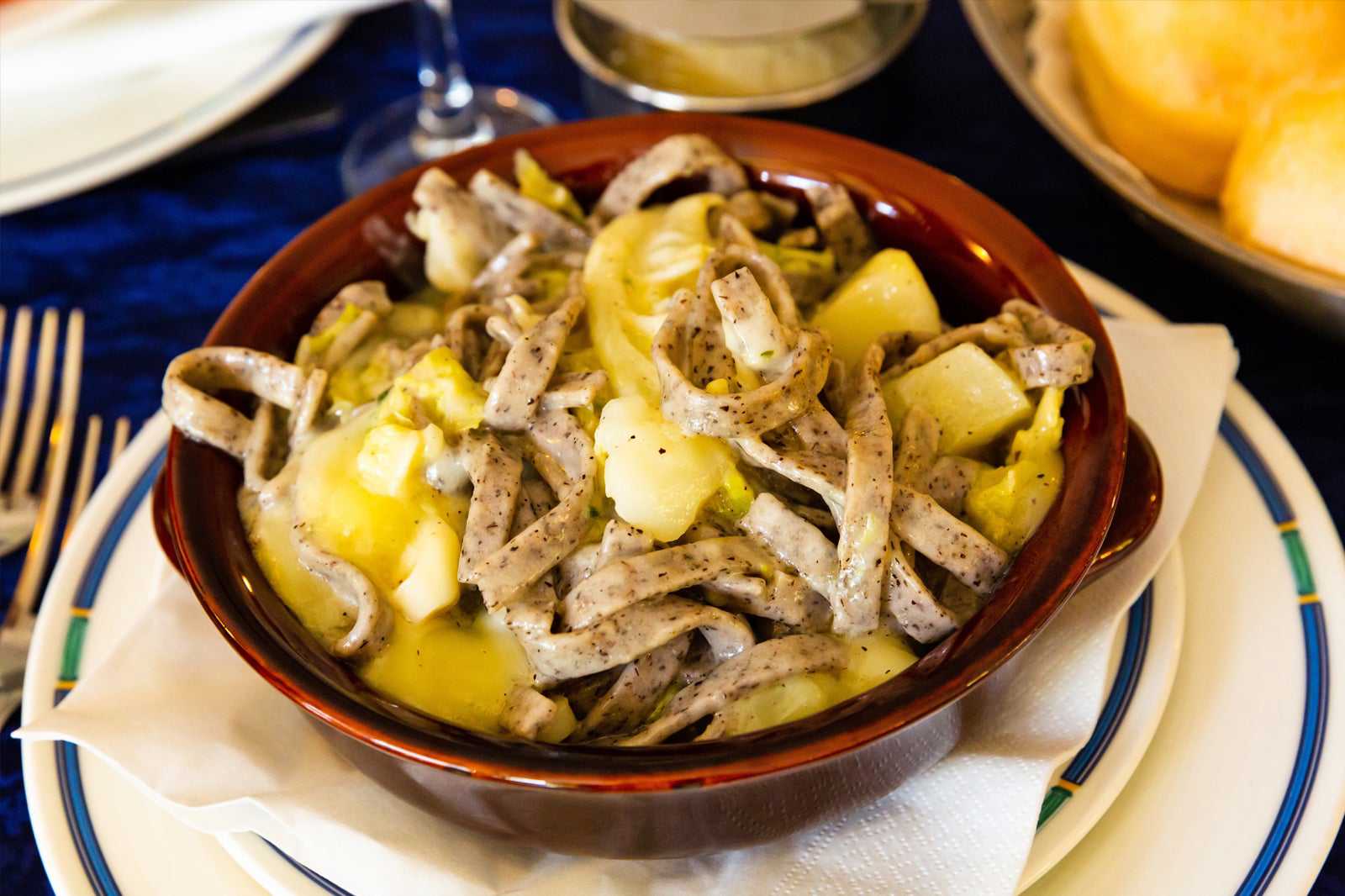
- 美食
Pizzoccheri is a little like tagliatelle, but uses buckwheat as its key ingredient. These fat strings of pasta technically originate from the Valtellina area, located to the east of the northern end of the lake, but you’ll find them in lakeside restaurants in places like Varenna.
Up in the mountains, farmers needed a dish that would sustain them during a long day of work. Pizzoccheri was ideal, customarily served with cabbage or Swiss chard, chunks of potatoes, garlic-infused butter, and a generous amount of cheese.
- 3
Polenta uncia
Cornmeal with cheese and butter
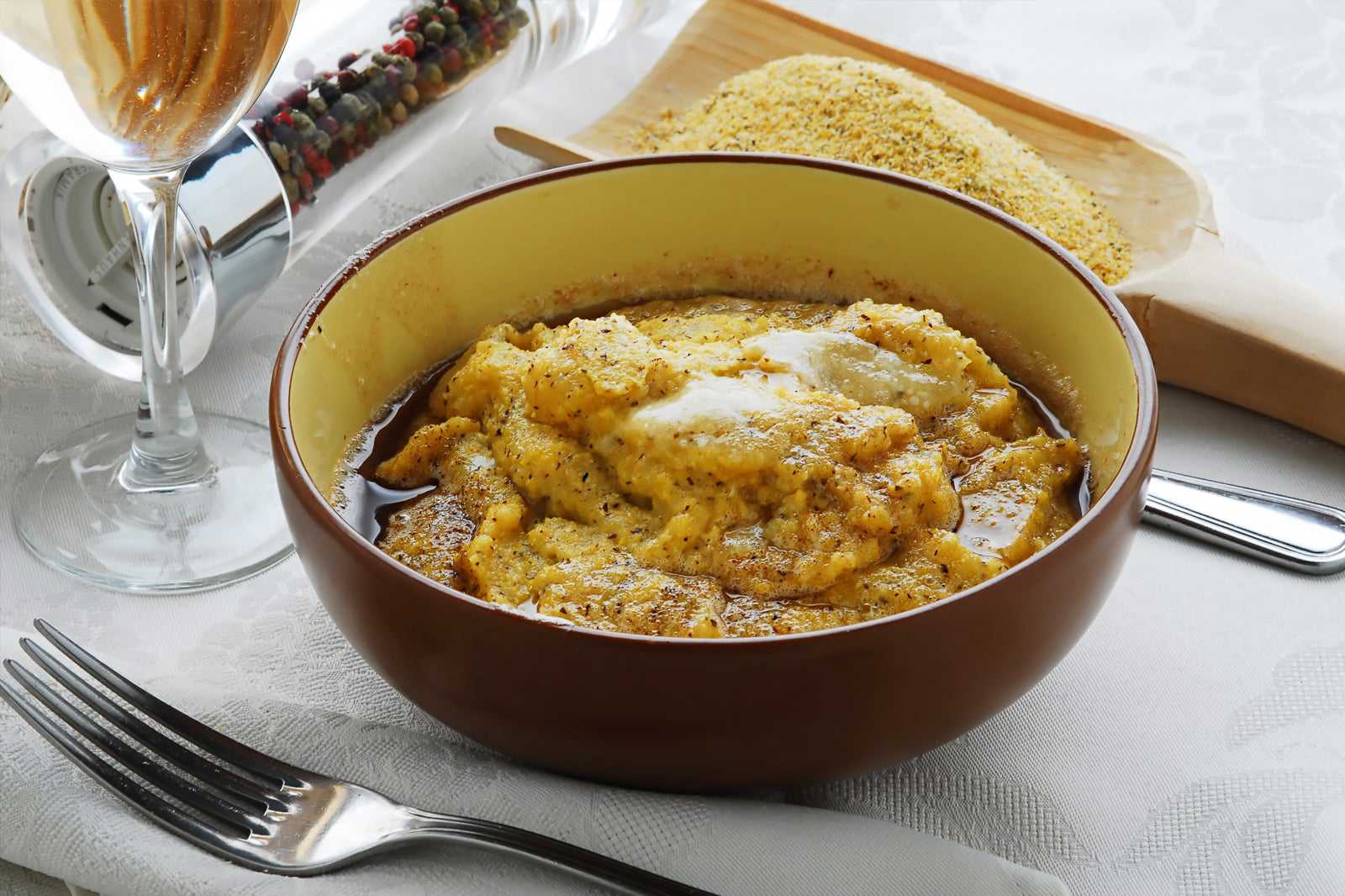
- 美食
Polenta uncia is cheesy and buttery cornmeal that's very popular in the Valle d'Aosta. It's made by simmering butter, sage and garlic in a separate pan until golden brown. To serve, the cooked polenta and Semuda cheese are arranged in layers, and then poured over with the simmered sauce.
Another polenta commonly found in Bellagio is toc. It’s a rather tricky dish as it requires a skilled local chef to pull it off. Polenta is also a common accompaniment to missoltino (preserved shad).
- 4
Brasato di cinghiale selvatico
Braised wild boar
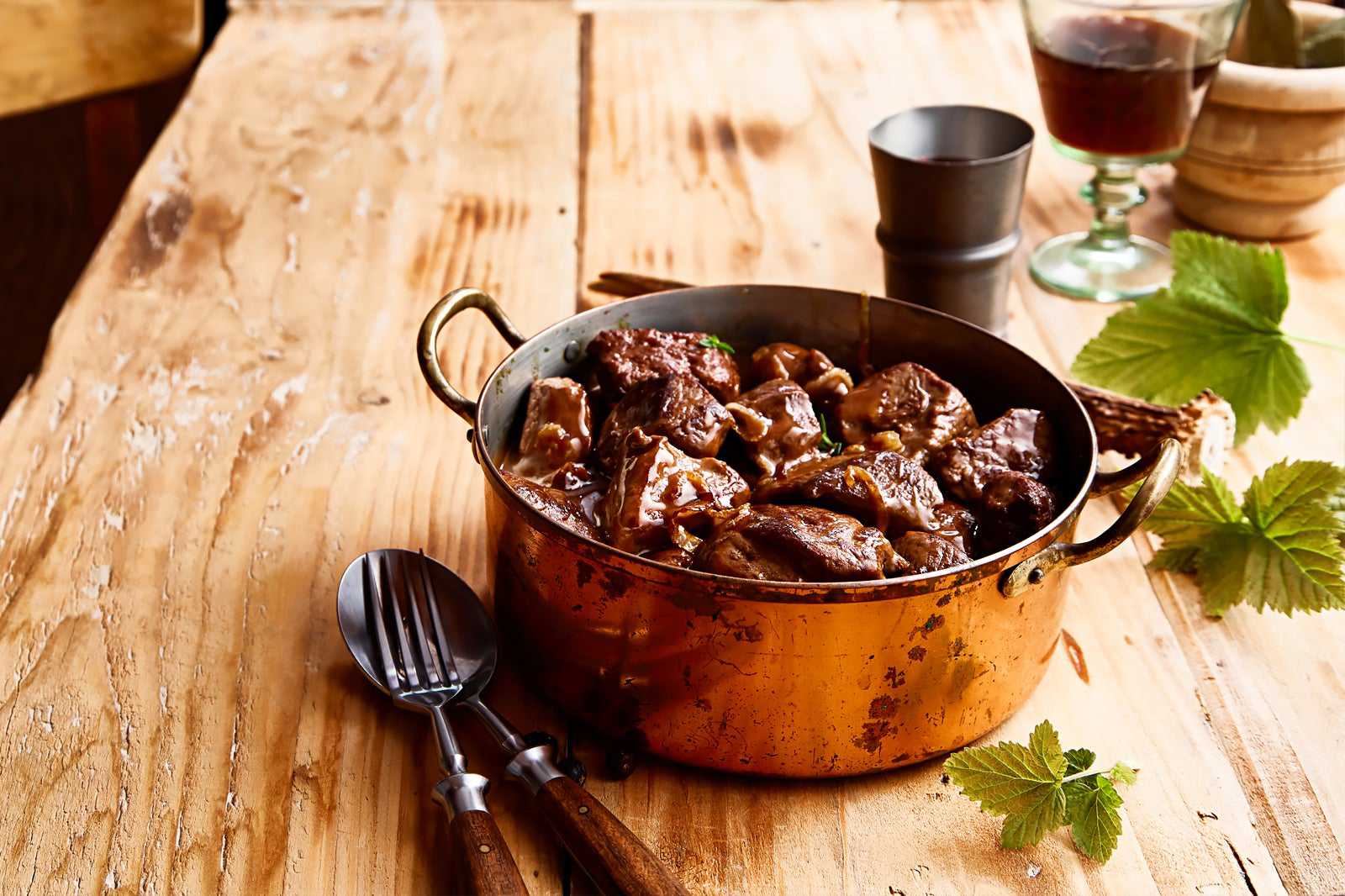
- 美食
Brasato di cinghiale selvatico (braised wild boar) is an enduring favourite with meat lovers. These wild pigs are native to Italy and roam the wooded hills above Lake Como.
The dish is most associated with autumn, though it’s eaten year-round. The meat is gently braised in wine until it is soft and tender. A generous heap of polenta accompanies the dish and is helpful for mopping up the sauce. Wild boar ragù with pasta is also a tasty local dish from Como.
- 5
Risotto con filetti di pesce persico
Creamy risotto served with perch fish
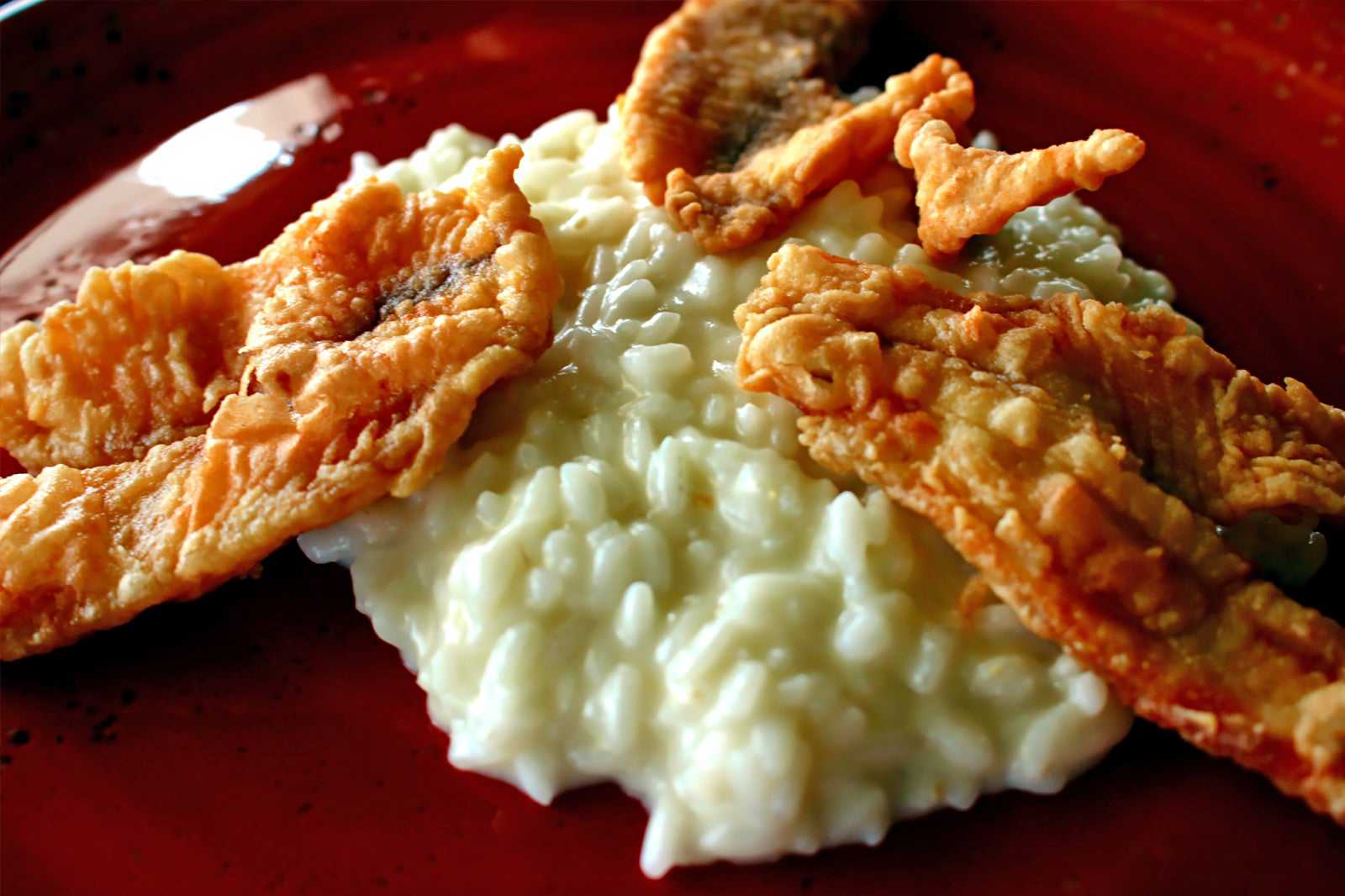
- 美食
Risotto con filetti di pesce persico is commonly found in restaurants across Lombardy. As this risotto relies on perch for its delicate flavour, Como is one of the best places to eat it, as this freshwater fish comes straight from the lake.
Carnaroli ( medium-grained rice) is cooked with chopped onion, white wine, and vegetable broth. Butter and cheese are added to make the rice creamy. Separately, floured perch fillets are fried in a pan with butter and sage leaves. When ready, the perch fillets are served on top.
- 6
Fried alborelle
A rare lake fish delicacy

- 美食
Fried alborelle, also called bleak, were once commonly featured on many restaurant menus around Lake Como. However, consumption by predators such as cormorants and mallards has led to a decline in their numbers and fishing is now strictly regulated.
These small fish are gutted, floured and fried until the skins are crispy. It’s possible to eat the whole thing, including head and tail just as you would with whitebait, sprats or sardines. They’re best eaten with a squeeze of lemon, which cuts through the fat.
- 7
Pan de Comm
Como's signature bread
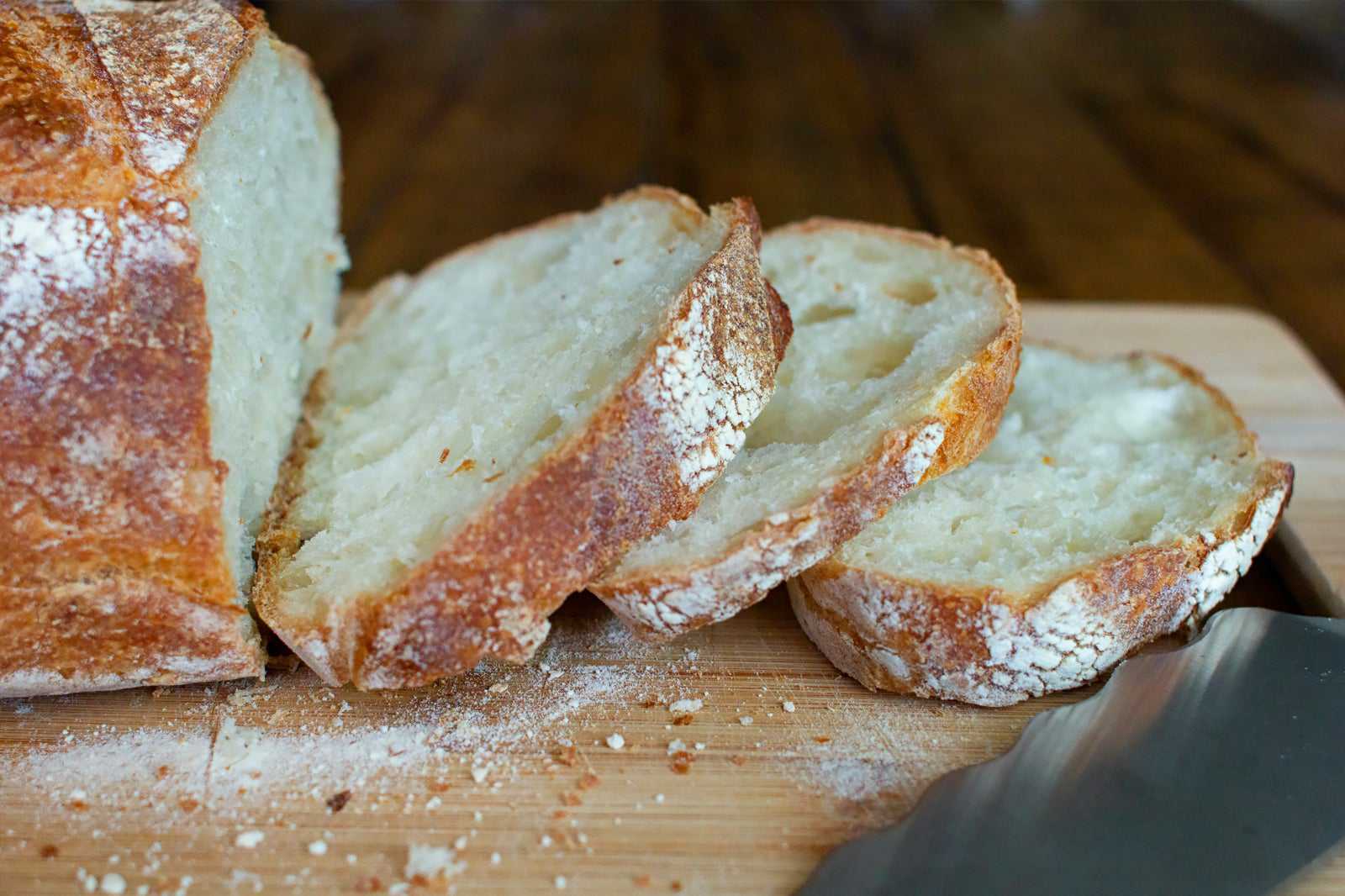
- 美食
Pan de Comm is Como’s artisan bread, often placed on the table when dining out. Local picnickers might also carry it to eat with cheeses such as Zincarlin da la Vall da Mücc (a raw milk cheese) and furmagitt (goat’s cheese).
Pan de Comm loaves typically have a brown crust with a strong aroma. Inside, the bread should be very soft and fluffy. To achieve this, the dough is rested several times before it’s baked in a wood oven. Try it from a long-established bakery such as Beretta in Como.
- 8
Casseoula
A go-to when the weather is cold
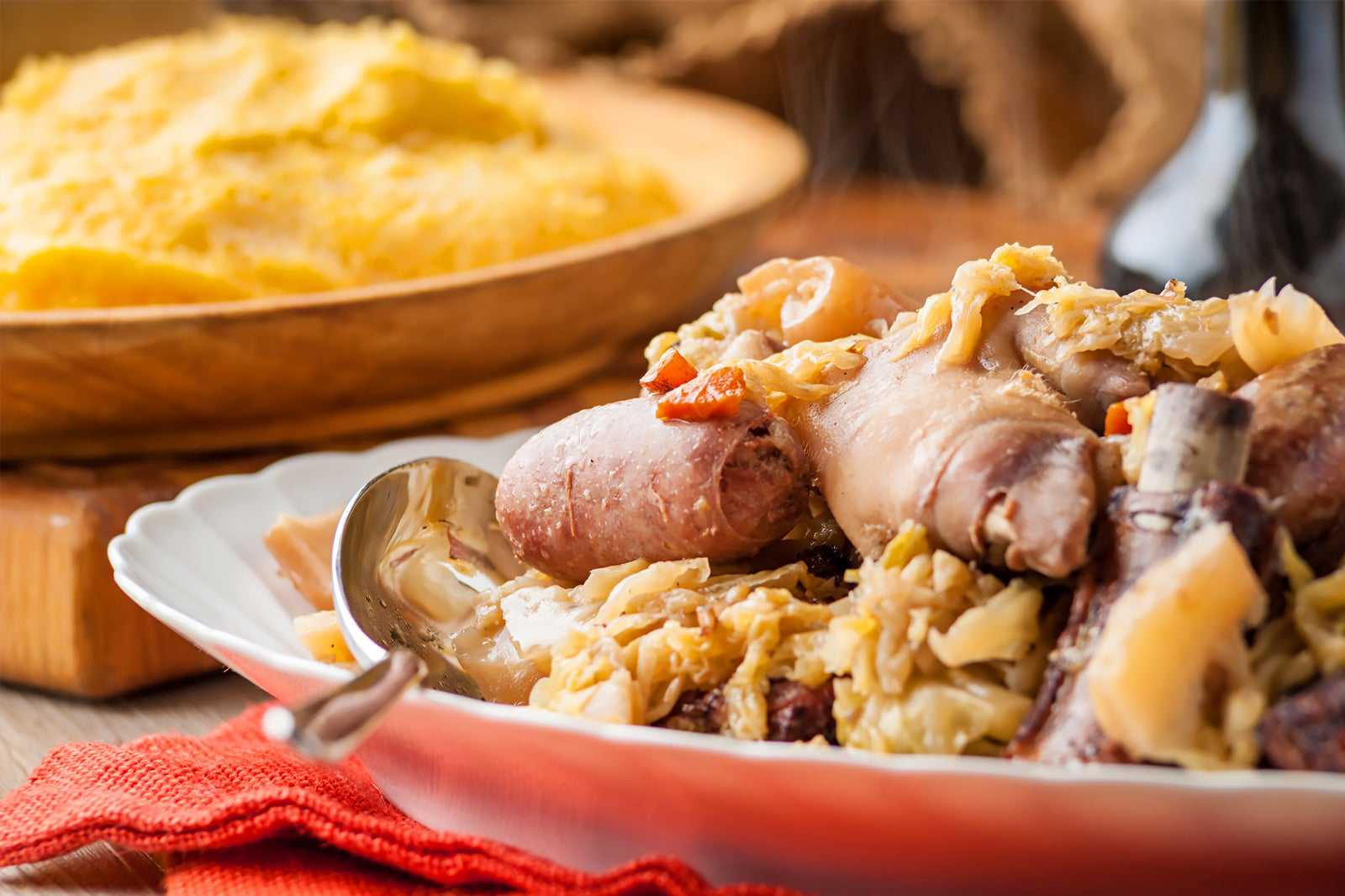
- 美食
Casseoula is a hearty dish that’s a winter favourite in Como. You’ll find it across Lombardy as its 2 main ingredients – pork and Savoy cabbage – are easy to source in this region. In the past, any type of pork scraps would have been used – snout, ears, feet, tail or ribs. It varies from place to place, and in Como, the head is preferable to the feet.
Regardless, it’s a nutritious dish and very filling. Tradition links it to the festival of Sant-Antonio Abate in January, once the end of the pig slaughtering season. Its name most likely refers to the casseruola, the pan in which it is cooked.
- 9
Busecca/foiolo (tripe)
A local delicacy great for adventurous eaters
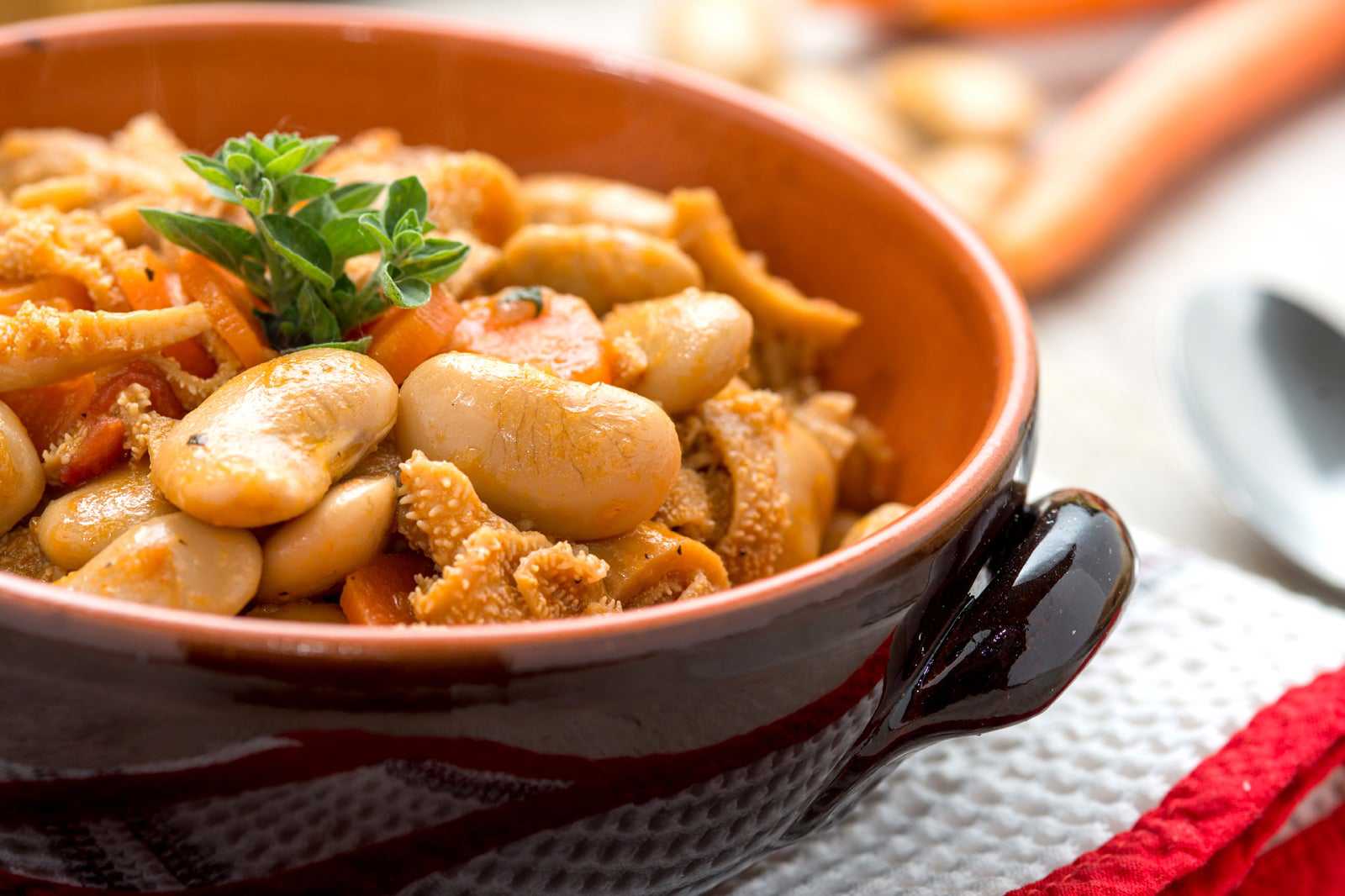
- 美食
Busecca or foiolo are types of tripe. Busecca is the term used for the stomach lining, while foiolo is reserved for tripe that comes only from the cow’s 3rd stomach, called the omasum. The latter is said to have the best flavour, so some menus will specify foiolo where appropriate to inform discerning diners.
Though the idea of eating tripe can cause consternation, the reality can be far more appealing. Try it slow-cooked in beef broth with carrots, celery, onions, beans, tomato, bacon and garlic.
- 10
Cutizza
The “cake of the poor”
- 美食
Cutizza is a type of pancake found on many cafes and restaurant throughout Lake Como. In the past, it was nicknamed the “cake of the poor” as it didn’t cost as much to make as regular cake. Today, it’s eaten as a snack or dessert in the Italian city.
To make cutizza, you’ll need to start with a batter consisting of eggs, flour and lemon zest mixed with either milk or water. This is fried in a hot pan and served with a sprinkling of sugar.
